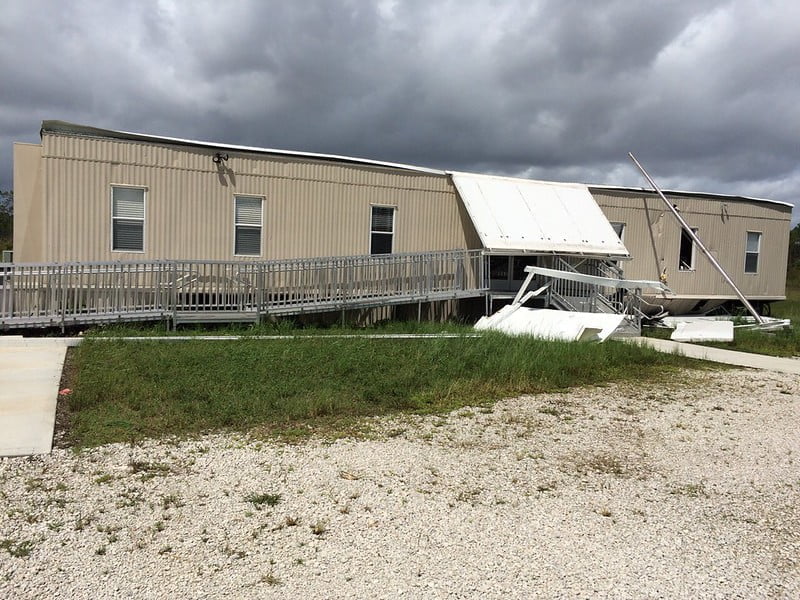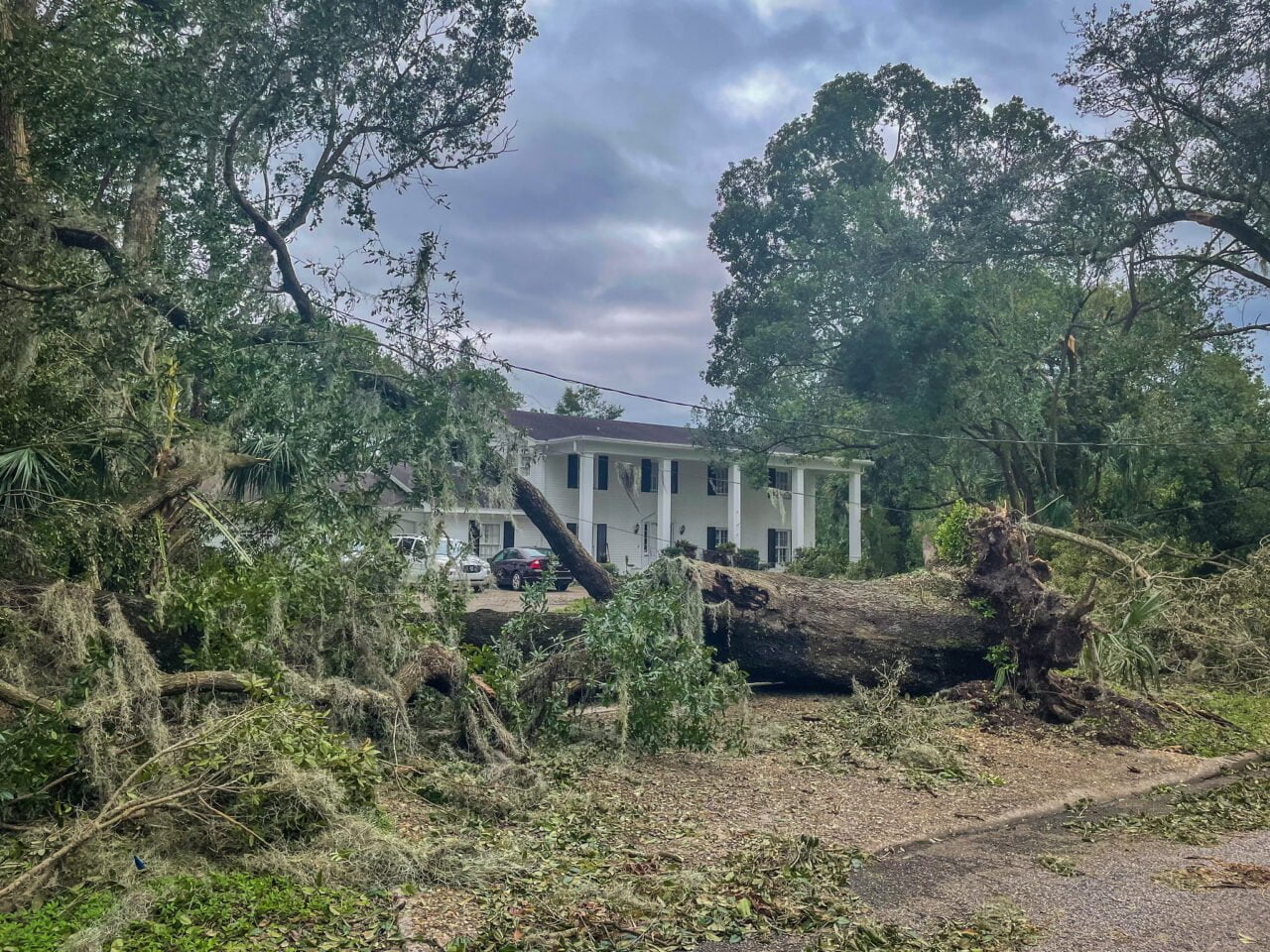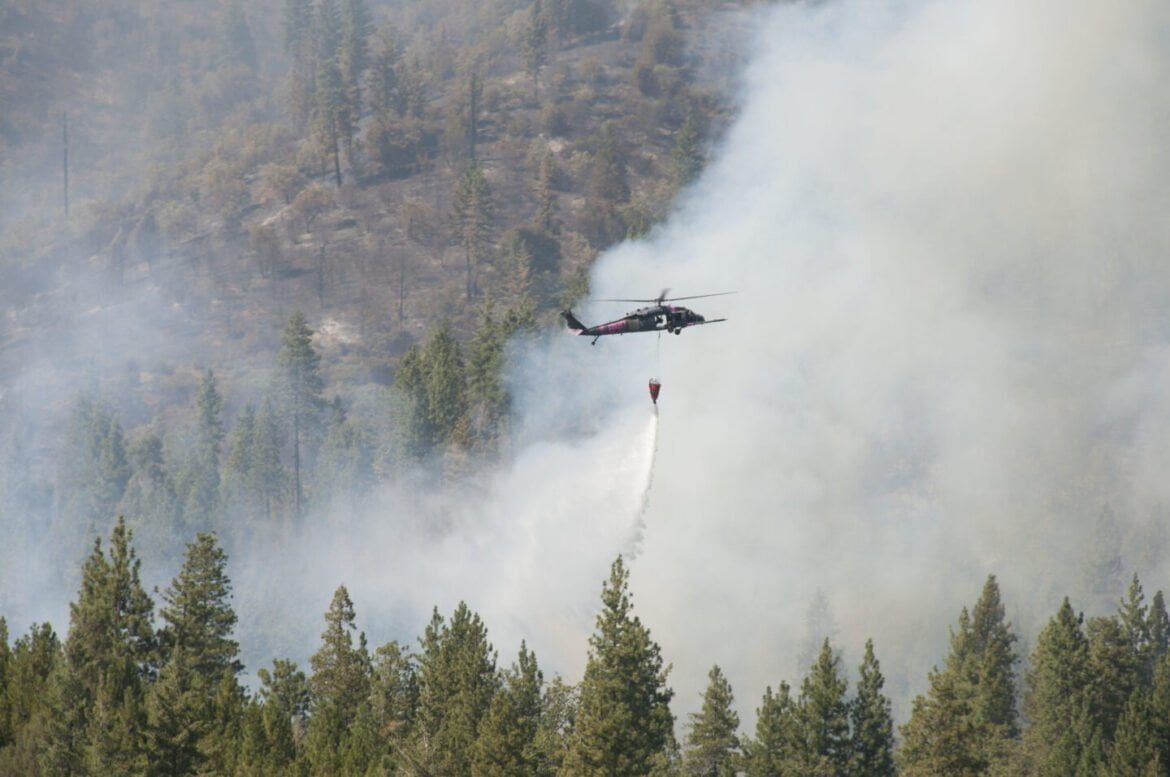Insurance firms and state governments throughout the Sun Belt are taking proactive measures to prepare themselves and avoid disasters caused by climate change; as a result, housing markets have become more volatile.
What Is Happening To Effect The Housing Market & How It Just Happened
The Arizona state government has determined there needs to be more groundwater available in Phoenix – which ranks 10th for population density – to support housing construction approved within it. Officials from the state will not revoke current construction permits but instead block some building projects to satisfy water demands among houses already approved for building, as Governor Katie Hobbs stated Thursday.
“This test simulates real-world conditions: To be developed properly, we require access to ample water supplies.” Sharon Megdal, Director of Arizona’s Water Resources Research Center
Water shortages in one of America’s fastest-growing regions are an early warning signaling future boomtown development throughout the Southwest region, where climate changes are making desert environments even harsher than before.
Lake Mead near Hoover Dam was struggling with drought in July 2022, prompting construction companies to suspend work for months at a time, leading to rising home prices across its region – one which had experienced one of the fastest rates rises over recent years. If construction were suspended at any point, housing costs might increase further, resulting in even faster home price inflation than before. This means less new houses built, less houses for new families or first-time homebuyers, resulting in less homes for sale or homes to list.
“Housing affordability will remain a pressing challenge moving forward,” according to Spencer Kamps, Vice President of Legislative Affairs with Home Builders Association of Central Arizona, as reported in The New York Times.
Arizona is among seven states that depend on water from the rapidly receding Colorado River; experts note that an agreement signed among Arizona, California, and Nevada to reduce usage from this famed river needs to be revised to curb usage by all parties involved.
Recent signs point towards trouble. Last Friday, State Farm made an unexpected announcement regarding new homeowners policy sales in California due to “historic increases in construction costs outpacing inflation, rapidly growing catastrophe exposure, and an unstable reinsurance market.”
Crises or “growing catastrophe exposure” refers to California’s rising magnitude of wildfires caused by megadroughts lasting 22 years and ever-increasing heat waves, currently witnessing more than two dozen of their largest wildfires since 2000.
According to Reuters, reinsurance firms that sell cover to insurers to cover claims following natural disasters like flooding and wildfires have increased prices in response to climate change’s increased natural catastrophes.

Mobile homes were removed following suffering extensive damages caused by Hurricane Ian in May, in Fort Myers, FL.
Florida homeowners report their insurance rates have spiked more than 30 percent year over year in recent months, and some insurance firms are warning them to reduce them when significant changes such as installing hurricane-proof roofing aren’t made or exit the state entirely; one such departure was Velocity Risk Underwriters which announced no new policies would be offered there while simultaneously withdrawing existing ones they currently hold.
Climate Change’s Role in Housing Market Climate
Warmer temperatures results in greater water loss, leading to extremes in water flow such as droughts and powerful storms, creating drought conditions and increasing drought-fueled wildfire risk and an extended wildfire season. Changes in wind patterns caused by global climate changes also create extreme winter weather resulting in unusual snowstorms or cold spells in the southern South.
In 2021 alone we witnessed 20 natural catastrophes related to climate change that caused over $1 billion of damages across the U.S. These disasters affected one out of every ten homes in America and resulted in approximately $57 billion worth of property damages.

Thousands of Fort Myers Beach, Fla. residents have had to relocate while insurance claims are processed and adjusted. Time tables vary but many have projected years before life returns to anything seemingly normal. Residents in the wake of the last year’s major hurricane were obviously affected the most. That said, hundreds of thousands of Florida residents are now paying for the aftermath of insurance company payouts.
Global extreme weather events caused approximately $260 billion in damages over the first 11 months of 2016, according to research by Zurich-based reinsurance business Swiss Re. Hurricane Ian caused between $50 and $65 billion in damages when it struck Florida with 10-foot waves, making this natural catastrophe the second-costliest after Katrina.
Between 2021-2022, insurance costs increased 12% year over year, and ten insurance companies in Florida have recently been forced out of operation due to hurricane risks. At the same time, nationwide homeowner’s premiums average out to 19,000 annually due to hurricane risks. New Orleans rates tend to run roughly four or five grand annually, while Miami insurance costs come closer to five thousand per year, due to this factor alone.
“Climate risk is driving insurer decisions like never before,” Benjamin Keys, professor of finance and real estate at Pennsylvania University’s Wharton School, argued last month in an op-ed for The New York Times. From the insurance company’s perspective, they see ‘Everything All at Once,” meaning increased risks from flooding, fires, drought, wildfires, etc. To cover for these catastrophic catastrophes, insurance companies will require both additional reserves and increased reinsurance cover – costlier rates to account for such expenses will then apply as policyholders take on more expenses”.
Not All Is Lost On Rebuilding – Governor Attempts To Ease Housing Market
While Florida residents are still recovering from hurricane Ian of 2022, they’re also attempting to prepare for potential disasters in 2023. Fortunately, Florida’s governor and legislature took some initiative to curb the rising tides of the housing market by signing two disaster sales tax holidays, as well as an expansion of the properties insurance discount (for homes that are already shielded against wind). In addition, Governor DeSantis also signed a bill into law that holds insurers more accountable. While it’s still too soon to tell if these band-aid style bills will help homeowners, it certainly doesn’t hurt and it will go a long way to those struggling with rising prices as far as the eye can see.
